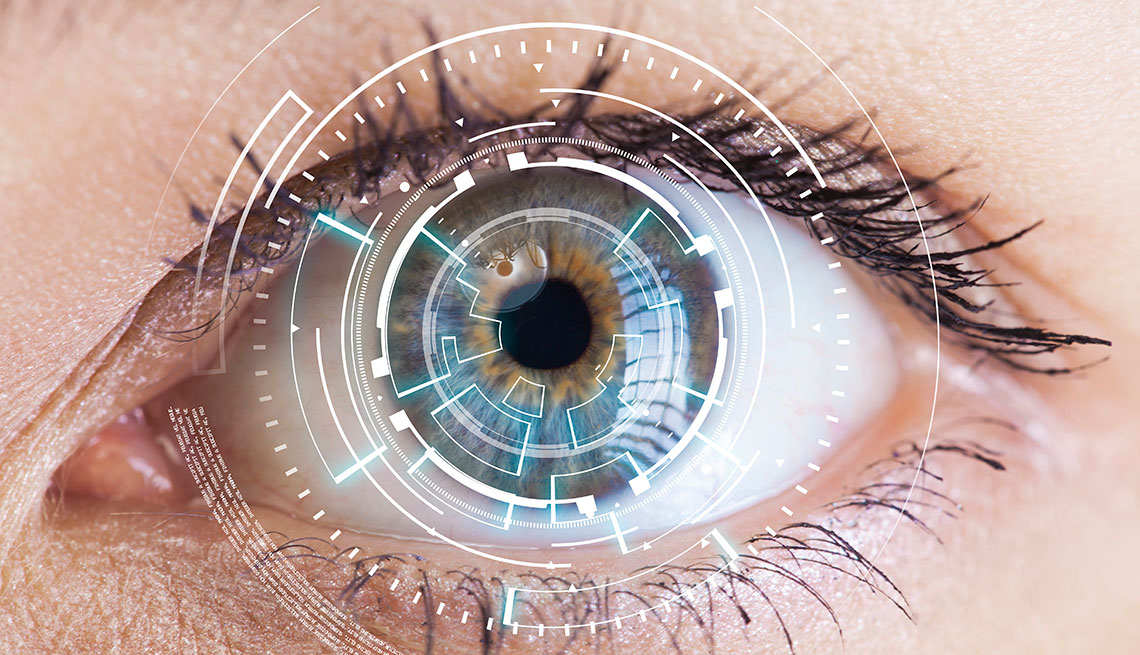
Detecting heart disease in the blink of an eye
- Select a language for the TTS:
- UK English Female
- UK English Male
- US English Female
- US English Male
- Australian Female
- Australian Male
- Language selected: (auto detect) - EN
Play all audios:

Imagine if determining risk factors for heart disease was as simple as looking into a person’s eyes. That may become a reality: Researchers at Google have developed a way to use Artificial
Intelligence (AI) to detect a person’s risk of heart disease based on images of the retina. Scientists from Google and its affiliated life sciences and health care arm, Verily, used AI —
technology that solves problems — to analyze retinal images from 284,335 patients, identifying certain structural patterns in those with heart disease. They then were able to create an
algorithm that predicted whether or not each person was at risk for a heart attack with 70 percent accuracy. The technology might someday allow doctors to assess a person’s risk “quickly,
cheaply and noninvasively,” the researchers wrote in a report published Feb. 19 in the online journal _Nature Biomedical Engineering_. Anything that could help detect heart problems would
be welcome, of course. One in four Americans die due to complications from heart disease, making it the leading cause of death in the U.S., according to the Centers for Disease Control.
Doctors now determine heart disease risk by considering factors including a patient's age, smoking status, blood pressure, BMI, glucose and cholesterol levels, and sometimes through a
technology called ultrafast CT (computed tomography), a scan that allows them to analyze the heart from multiple angles.
